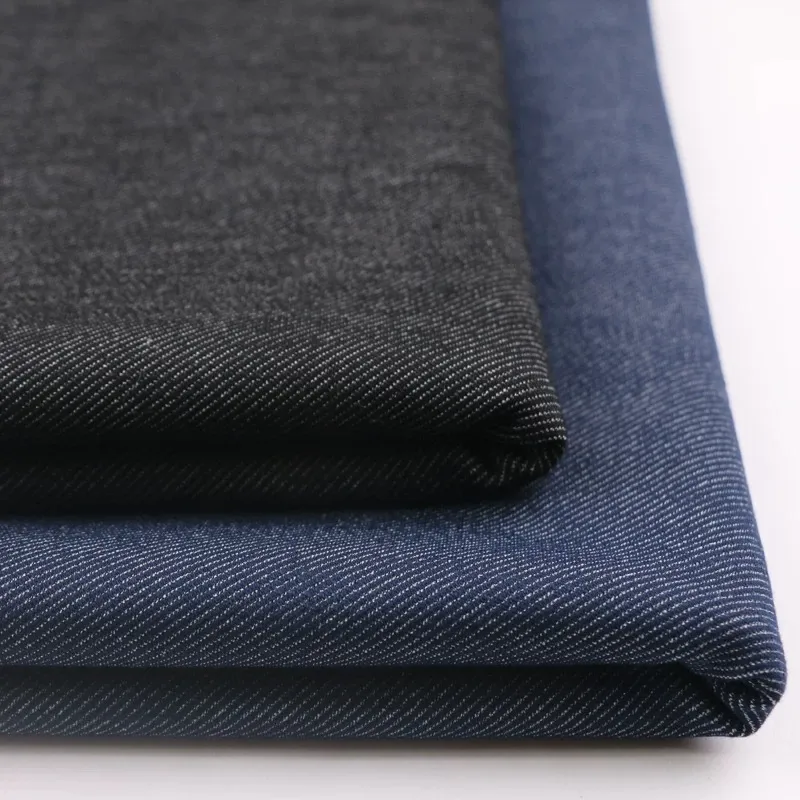Sulphur Black: A Cost-Effective and Versatile Dye for Modern Textiles
Sulphur black is one of the most popular dyes in the textile industry, known for its deep, rich black shades and cost-effectiveness. With applications spanning sulfur dyed denim to industrial fabrics, its versatility and efficiency make it indispensable for manufacturers. In this article, we’ll explore its cost advantages, optimal usage methods, post-dyeing treatments, and the growing market demand for mitundu yakuda ya sulfure.

Comparing the Cost-Effectiveness of Sulphur Black and Indigo Dyes
When weighing sulfure wakuda against traditional indigo dyes, the former often emerges as the more economical choice. Indigo dyeing requires multiple cycles to achieve optimal color fastness and depth, consuming significant water and energy. Conversely, mitundu yakuda ya sulfure simplify the process, requiring fewer stages and resulting in lower overall production costs.
This cost efficiency is particularly evident in mass production scenarios. For manufacturers focused on minimizing overhead while maintaining quality, sulfure wakuda offers an attractive solution. Its long-lasting properties and superior resistance to fading also mean fewer re-dyeing cycles, enhancing its value over time.
Post-Dyeing Treatments to Enhance Sulphur Black Performance
While sulfure wakuda is prized for its inherent durability, post-dyeing treatments play a crucial role in maximizing its effectiveness. Oxidation is a standard process, ensuring the dye bonds securely with fabric fibers. This step not only stabilizes the color but also improves its resistance to environmental factors like sunlight and washing.
Soaping is another critical treatment, particularly for applications like sulfur dyed denim, where a uniform and vivid appearance is paramount. This process removes loose particles, preventing staining or unevenness while enhancing the fabric's texture and softness. These treatments ensure that mitundu yakuda ya sulfure deliver consistent results across various applications.
Optimal Dyeing Temperature and Time Settings for Sulphur Black
Achieving the best results with sulfure wakuda requires precision in dyeing conditions. The recommended temperature for dyeing ranges from 80°C to 95°C. This range ensures that the dye penetrates deeply into the fabric, creating a rich, uniform black hue.
Time is equally important, with 30 to 60 minutes being the ideal range for dye fixation. Shorter durations may lead to uneven results, while extended dyeing times can weaken the fabric. By adhering to these guidelines, manufacturers can ensure high-quality, cost-effective outcomes, reinforcing the reliability of mitundu yakuda ya sulfure.
Sulphur Black in Denim: A Staple for Fashion and Durability
The role of sulfure wakuda in creating sulfur dyed denim cannot be overstated. This dye’s versatility allows manufacturers to produce a wide range of styles, from jet-black finishes to faded, vintage-inspired looks. Its excellent fastness properties ensure that denim retains its color and appeal even after repeated washes and wear.
In addition to its aesthetic benefits, mitundu yakuda ya sulfure are environmentally advantageous when compared to other alternatives. They use less water and energy, aligning with the growing demand for sustainable manufacturing practices. For fashion brands prioritizing eco-conscious solutions, sulfure wakuda offers the perfect balance of style, durability, and sustainability.
The Growing Market Demand for Sulphur Black
As textile manufacturers increasingly prioritize cost efficiency and sustainability, the demand for mitundu yakuda ya sulfure continues to rise. Leading sulphur black manufacturers are innovating to meet this demand, focusing on improving dye formulations and reducing environmental impact.
The popularity of sulfure wakuda is also bolstered by its wide range of applications. From sulfur dyed denim to industrial textiles, its adaptability ensures it remains a staple across diverse sectors. With the ongoing push for eco-friendly solutions, the market for sulfure wakuda is poised for sustained growth, making it an invaluable asset for the textile industry.
Sulphur black stands out as a cornerstone in modern textile dyeing, combining cost-effectiveness, versatility, and sustainability. Whether enhancing the appeal of sulfur dyed denim or reducing production costs, its benefits are clear. As demand continues to grow, mitundu yakuda ya sulfure are set to remain a vital resource for manufacturers worldwide.
-
The Timeless Art of Denim Indigo Dye
NkhaniJul.01,2025
-
The Rise of Sulfur Dyed Denim
NkhaniJul.01,2025
-
The Rich Revival of the Best Indigo Dye
NkhaniJul.01,2025
-
The Enduring Strength of Sulphur Black
NkhaniJul.01,2025
-
The Ancient Art of Chinese Indigo Dye
NkhaniJul.01,2025
-
Industry Power of Indigo
NkhaniJul.01,2025
-
Black Sulfur is Leading the Next Wave
NkhaniJul.01,2025

Sulfur Black
1.Name: sulphur black; Sulfur Black; Sulphur Black 1;
2.Structure formula:
3.Molecule formula: C6H4N2O5
4.CAS No.: 1326-82-5
5.HS code: 32041911
6.Product specification:Appearance:black phosphorus flakes; black liquid

Bromo Indigo; Vat Bromo-Indigo; C.I.Vat Blue 5
1.Name: Bromo indigo; Vat bromo-indigo; C.I.Vat blue 5;
2.Structure formula:
3.Molecule formula: C16H6Br4N2O2
4.CAS No.: 2475-31-2
5.HS code: 3204151000 6.Major usage and instruction: Be mainly used to dye cotton fabrics.

Indigo Blue Vat Blue
1.Name: indigo blue,vat blue 1,
2.Structure formula:
3.Molecule formula: C16H10N2O2
4.. CAS No.: 482-89-3
5.Molecule weight: 262.62
6.HS code: 3204151000
7.Major usage and instruction: Be mainly used to dye cotton fabrics.

